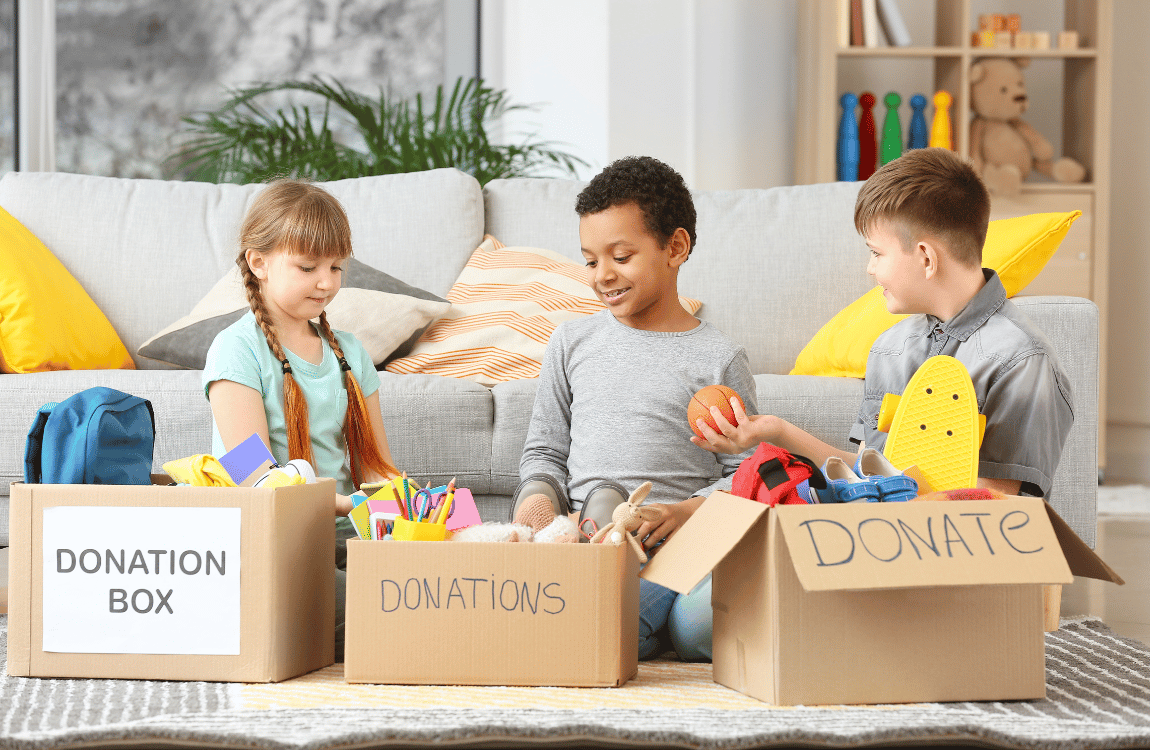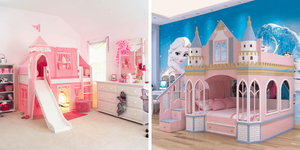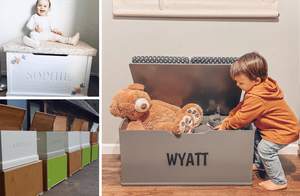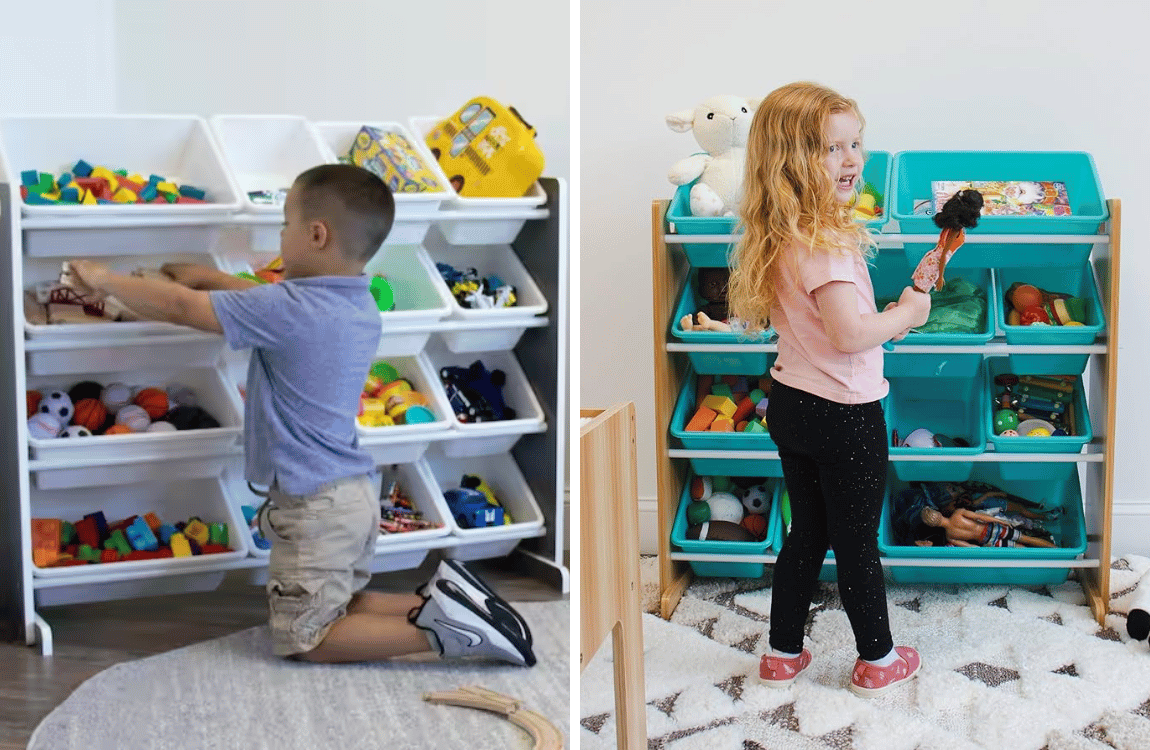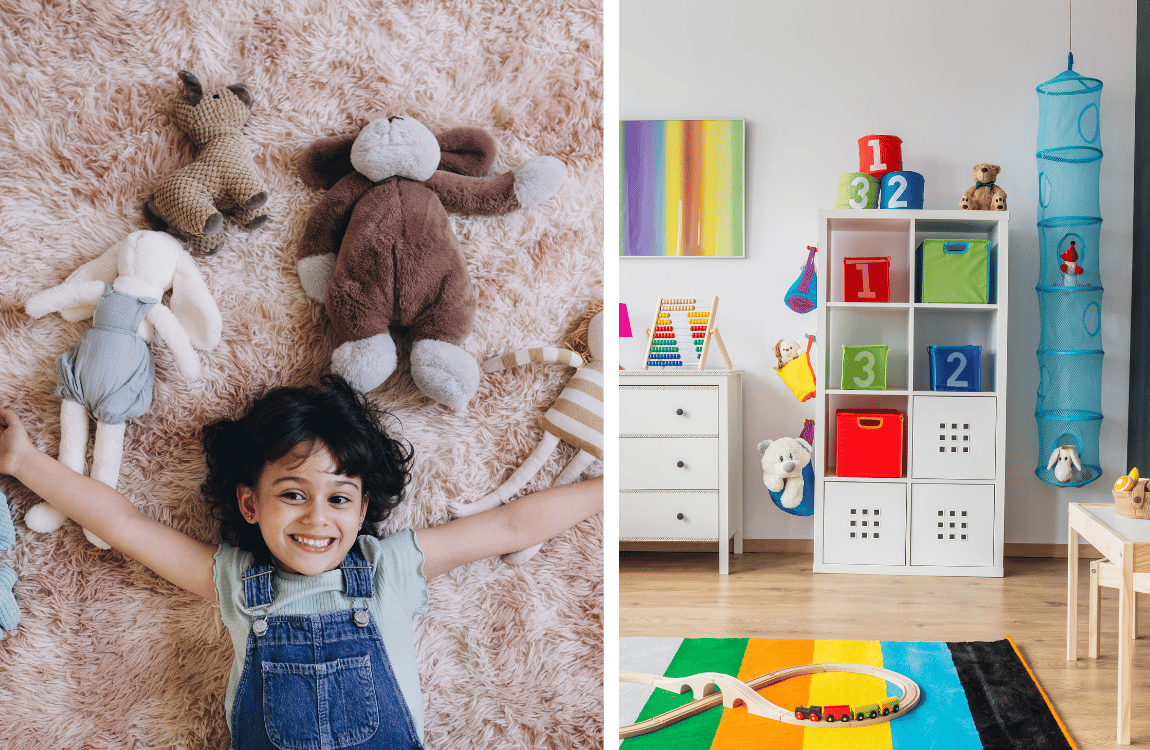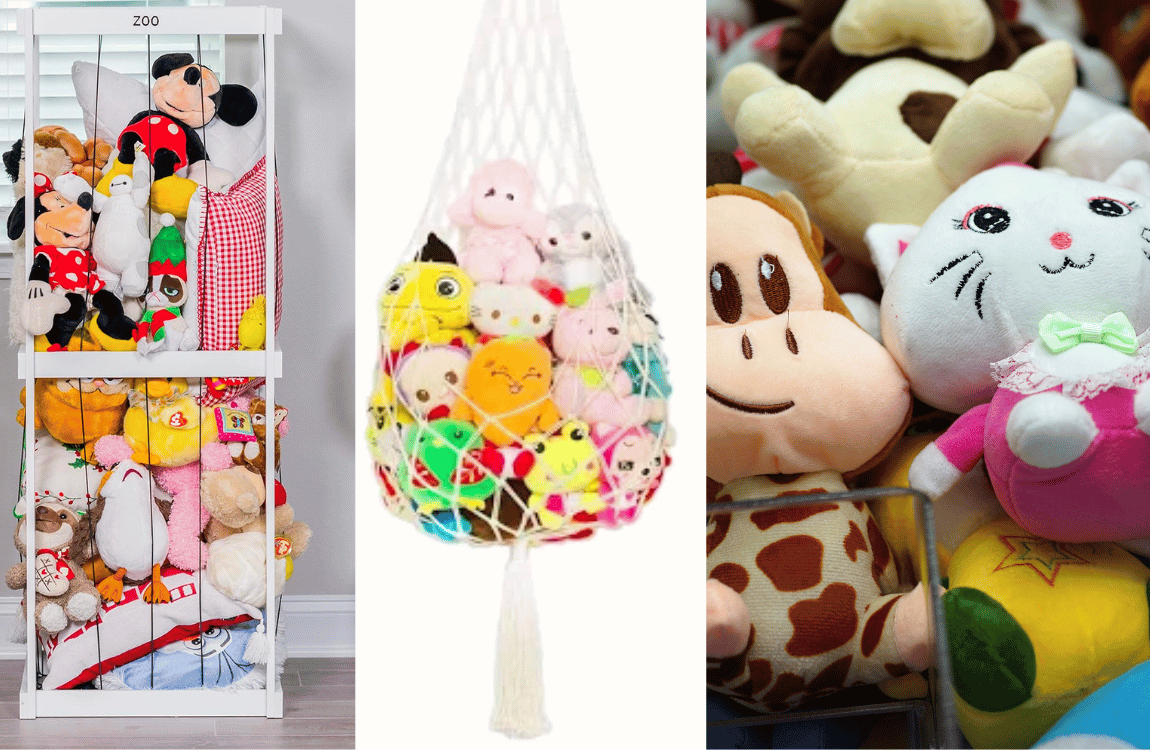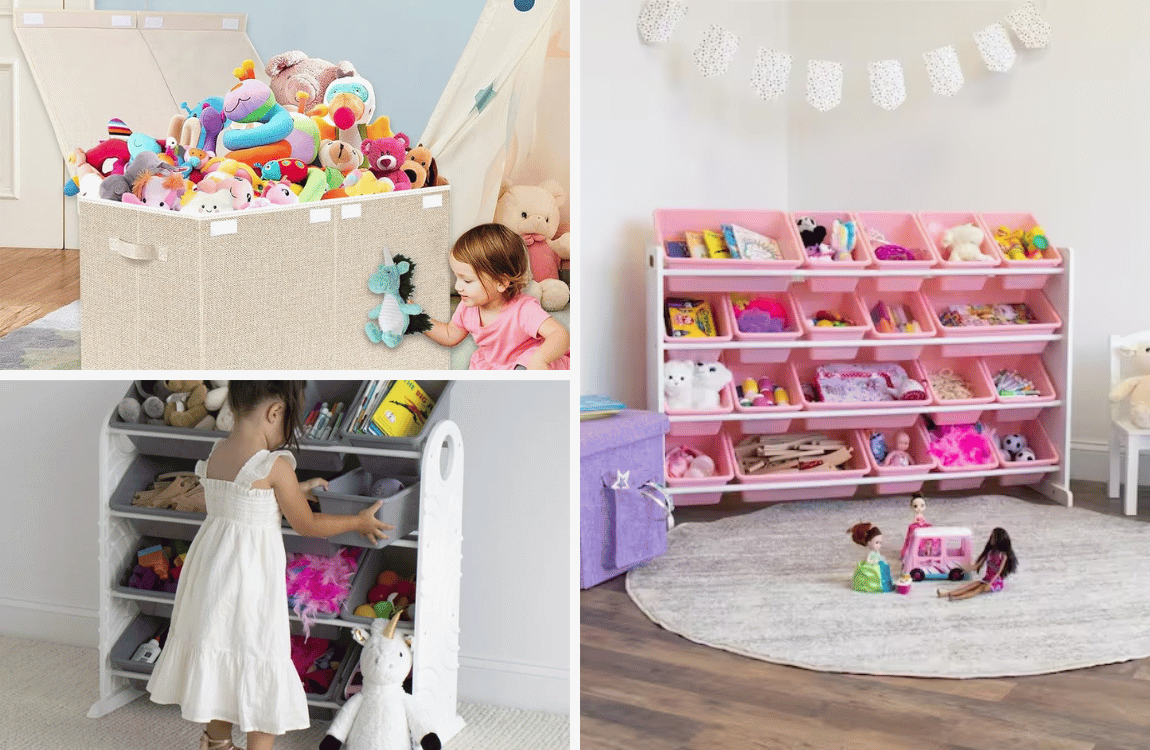Key Takeaways:
- Discover the best ways to donate toys and ensure they bring joy to others.
- Learn how to recycle broken toys responsibly to minimize environmental impact.
- Find out where to donate toys and how to identify toys that may be unwanted.
Toys are the building blocks of a joyful childhood, but what happens when they are no longer wanted or needed? Whether it's gently used toys that have been outgrown or broken toys that seem beyond repair, there are numerous eco-friendly and charitable options for dealing with unwanted toys.
This guide will walk you through the process of donating, recycling, and repurposing toys to ensure they find a second life or are disposed of responsibly.
Understanding Why Toys Become Unwanted
As children grow, their interests and needs change, often leaving toys unused and forgotten. Younger children may outgrow certain toys, while others may receive duplicates or items that don't align with their interests.
Additionally, the sheer volume of children's toys accumulated over time can lead to a cluttered and overwhelming space, prompting a need to declutter.

Toy rotation tricks
The Joy of Donating Toys
Donating toys is a wonderful way to extend their life and bring happiness to other children. Local charities, religious organizations, and police and fire departments often accept toy donations, especially during the holiday season.
Gently used toys that are clean and in good condition can be a treasure to local families in need or domestic violence survivors seeking to rebuild their lives.

Where to Donate Gently Used Toys
When looking to donate toys, consider local organizations that accept donations year-round. Many community centers, shelters, and children's hospitals welcome gently used toys to support their programs.
Additionally, organizations like Goodwill and The Salvation Army typically accept toy donations and sell them to support their charitable work.
Recycling Broken Toys
Not all toys are suitable for donation. Broken toys, especially plastic toys, can often be recycled. Contact your local recycling service to inquire about their policies regarding toys. Some manufacturers also offer take-back programs for their products, ensuring that the materials are recycled or repurposed correctly.

Finding Local Recycling Options
To find a local recycling service that accepts broken toys, check with your municipal waste management department or use online resources like Earth911's Recycling Search. These services can guide you on how to prepare toys for recycling and where to drop them off.
The Benefits of Toy Donations
Donating toys not only clears space in your home but also supports local charities and provides resources for families in need.
Toy donations can also be tax-deductible, offering a financial incentive for your generosity. Remember to obtain a receipt for your donated toys to claim this benefit.

How to Prepare Toys for Donation
Before donating toys, ensure they are clean and in working order. Check for any loose parts or batteries that need to be removed. Grouping toys into sets or with their original packaging can increase their value and appeal to children receiving them.
Hosting a Toy Swap
Organizing a toy swap with friends, family, or neighbors is an excellent way to repurpose unwanted toys. This event allows gently used toys to find new homes while offering you a chance to exchange old toys for ones that are new-to-you.
Upcycling Children's Toys for Home and Garden Decor
Upcycling is a creative and environmentally friendly way to give a second life to your child's unwanted toys. By transforming these items into home or garden decor, you not only prevent waste but also add a unique touch to your living space.
For instance, small figurines can be turned into quirky drawer pulls or plant markers. With a bit of paint and some imagination, action figures can become eye-catching bookends. The possibilities are endless, and the process can be a fun DIY project for the whole family.

Involving your children in the upcycling process can be a fantastic learning opportunity. It teaches them about sustainability and the value of reusing materials. You could create a fairy garden using old toy cars and dolls, or repurpose puzzle pieces into a colorful mosaic for a picture frame.
These projects not only declutter your home but also provide a sentimental value as you transform your child's unwanted toys into cherished keepsakes. Plus, they make for great conversation starters when you have guests over!
Engaging Schools in Toy Recycling Programs
Engaging local schools in toy recycling programs can be a fantastic way to extend the life of children's toys while educating the next generation about sustainability. Many schools are eager to participate in initiatives that promote environmental responsibility. By setting up a toy recycling drive, you can help children understand the importance of reusing and recycling their unwanted toys. Not only does this reduce waste, but it also provides a practical lesson in environmental stewardship that can complement their curriculum.
Furthermore, schools often have the facilities to collect and store toys until they can be donated or recycled. By partnering with educational institutions, you can create a system where child's unwanted toys are given a second chance. This could involve periodic collection events or permanent collection bins located on school grounds. Such programs can foster a sense of community and encourage students to take an active role in helping others, all while keeping toys out of landfills.

Incorporating Toy Repurposing into Arts and Crafts
Repurposing children's toys into arts and crafts projects is not only a creative outlet but also a brilliant way to breathe new life into items that would otherwise be discarded. Many community centers, art classes, and after-school programs are on the lookout for supplies that can be used for creative projects. By donating child's unwanted toys to these venues, you provide materials that can inspire imagination and innovation in young minds.
In these arts and crafts sessions, toys can be transformed into unique art pieces, educational tools, or even components of larger installations. For example, puzzle pieces can become part of a mosaic, small figurines can be incorporated into storytelling activities, and building blocks can be used to teach principles of design and architecture. This approach not only recycles toys but also enriches the artistic and educational experiences of children, making it a win-win for everyone involved.

Creating a Community Play Library
A community play library is an innovative solution for managing children's toys that are no longer needed. Think of it as a book library, but for toys. This initiative not only supports sustainability by sharing resources but also fosters a sense of community.
You can start by gathering a group of local parents and setting up a system for donating and borrowing toys. This way, children have access to a wider variety of playthings without the need for constant purchases, and parents can feel good about contributing to a communal cause.
To make the community play library a success, organization and maintenance are key. Catalog the toys, create a check-out system, and establish a schedule for cleaning and sanitizing the items. This ensures that all children can enjoy the toys safely.
Moreover, this system can be particularly beneficial for families who may not have the means to constantly buy new toys, providing an inclusive environment for all children to learn, grow, and play. It's a heartwarming way to keep the joy of play alive, even as your own child's interests evolve.

Supporting Local Families Directly
Sometimes, the best way to donate toys is by giving them directly to local families. Community bulletin boards, social media groups, and local events are great places to connect with families who would appreciate gently used toys.
Donating to Religious Organizations
Many religious organizations accept toy donations to support their community outreach programs. These donations can help provide comfort and joy to children during religious holidays or community events.
Helping Domestic Violence Survivors
Shelters for domestic violence survivors often accept donations of children's toys to help families in transition. These donations can provide a sense of normalcy and comfort to children in difficult situations.

What to Do with Stuffed Animals
Stuffed animals can be tricky to donate due to hygiene concerns. However, some organizations specialize in accepting stuffed animals, cleaning them, and distributing them to children in need.
Donating Educational Toys
Educational toys are in high demand at many local charities and schools. These donations can support educational programs and provide learning opportunities for children who may not have access to such resources.
The Impact of Toy Donations on Younger Children
For younger children, receiving donated toys can have a significant impact on their development and happiness. Donating your child's unwanted toys can play a part in enriching another child's life. And it gives your child a sense of understanding and shows tem how we can help others.

New and Used Toys: Understanding the Difference
When donating, it's essential to differentiate between new and used toys. While many organizations accept gently used toys, some prefer new toys for hygiene reasons or specific programs.
Collaborating with Police and Fire Departments
Local police and fire departments sometimes accept toy donations to comfort children in emergency situations. These toys can provide a sense of security during stressful times.

Too many toys
So, That's What You Do With Unwanted Toys
Unwanted toys don't have to end up in landfills. By donating, recycling, or repurposing them, you can ensure that they continue to bring joy and learning opportunities to children.
Whether it's through local charities, religious organizations, or direct donations to families, your efforts can make a significant difference in your community and the environment.

Toy rotation
Unwanted Toys FAQ Section
Q: How do I know if a toy is suitable for donation? A: A toy is suitable for donation if it is clean, in good working condition, and free of any safety hazards. It's best to donate toys that are complete with all parts and, if possible, with their original packaging.
Q: Can I recycle toys that are not accepted for donation? A: Yes, many broken toys, particularly those made of plastic, can be recycled. Contact your local recycling service or use online resources to find out how to recycle toys in your area.
Q: Are there any tax benefits to donating toys? A: Yes, toy donations to qualified charitable organizations can be tax-deductible. Be sure to keep a detailed record of the donations and obtain a receipt from the organization for your tax records.

